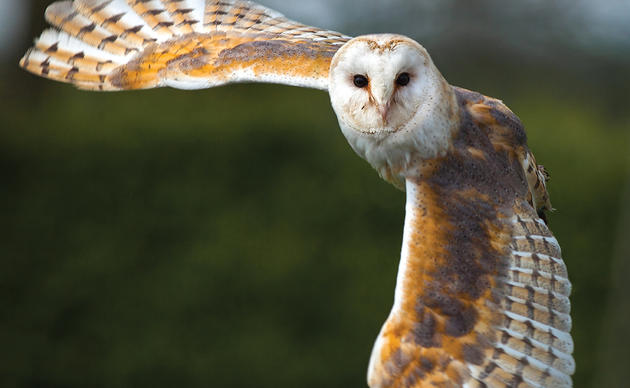Learn more about April's IBA of the Month at the Audubon NC website.
Note: The Elisha Mitchell Audubon Society (EMAS), based in Asheville, has adopted the Bull Creek IBA. Chapter member Charlotte Goedsche began monitoring Cerulean Warblers at Bull Creek in 2000. In 2005, she began recording male Cerulean's songs in order to distinguish between individuals and map each male's territory. In her blog post below, Charlotte describes her groundbreaking project.
To the best of my knowledge, the first Cerulean Warbler to arrive at the Bull Creek IBA in 2012 showed up at the north end of the Tanbark Ridge Tunnel on 9 April. I heard him sing only about three songs that morning before he stopped. From 10 April on I've recorded his singing every day.
The morning of 16 April there were at least five Ceruleans on the five-mile stretch of the Blue Ridge Parkway between Craven Gap and Lane Pinnacle Overlook.
When monitoring Cerulean Warblers in the Bull Creek IBA I rely on spot-mapping and song analysis. I note where I see and/or hear a male Cerulean and record as much of his singing as possible. I download the recordings to my computer and analyze the sonagrams with Raven Pro sound analysis software. Each Cerulean has from one to three “song types,” which serve as his calling cards. Combining the maps with song analysis allows me to identify individual territorial males, even though these birds are not banded.
I usually don’t have time to analyze the recordings until fall, but this year I have taken the time to look at them right away. (It’s a real luxury that will end any day now as more and more birds return and more recordings pile up!)
I think it is likely that the first male of 2012, the one at the tunnel, is the same male who was territorial at that site in both 2010 and 2011, and possibly even in 2009, and here's why:
This 2012 bird sings two song types, i.e., two different songs, (see sonograms below) and they look identical to the two songs of a bird who spent the 2010 breeding season at the tunnel, as well as to those of a bird who spent the 2011 breeding season at this site. Since the birds in this population are not banded, I cannot *prove* that any have returned from a previous season, but the sonagrams strongly suggest that this is a returning bird. Neither the 2010 nor the 2011 nor the 2012 bird had a white supercilium (eyebrow), meaning that they all were adults at least in their second year. If I'm right, this bird must have hatched no later than 2008.
The 2009 bird I mentioned above probably sang the same two song types, although I am not absolutely certain since I didn't get enough definitive recordings of that bird. (I have never had a case in which it seemed probable that the same bird was territorial at the same site for more than three seasons, so if the bird in question really was at the tunnel in 2009, it would be the longest tenure of a Cerulean I know of in this IBA.)
In order to figure out the probability that a Cerulean is a returning bird, I think you would have to know how many song types there have been in this population and which are the more common ones. Because the number of song types is around 20 or so, and there is some variation even within the repertoire of an individual bird, I have never tried to claim that a bird with only one song type is a returning bird. (In the rare case where the song type is very unusual, I might say that it *may* be a returning bird.) When we're dealing with a bird that sings two song types, however, the probability of that bird being identical to one from the previous year with the same two song types at the same site is mathematically greater. I plan to talk with a biologist who is statistically savvy to see what info is necessary in order to compute the probability. (That's one of my plans for future analysis of my data.)
Charlotte Goedsche
Elisha Mitchell Audubon Society
Asheville, NC



